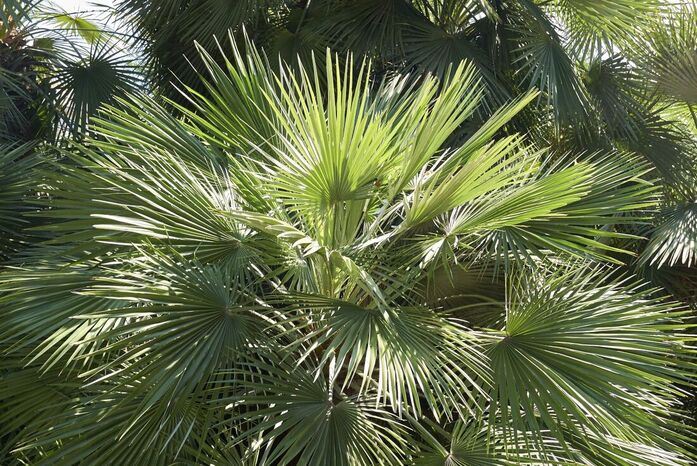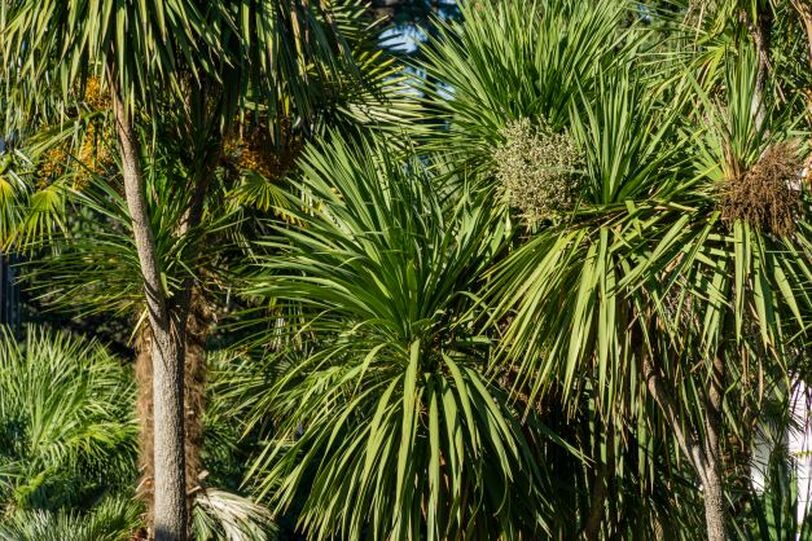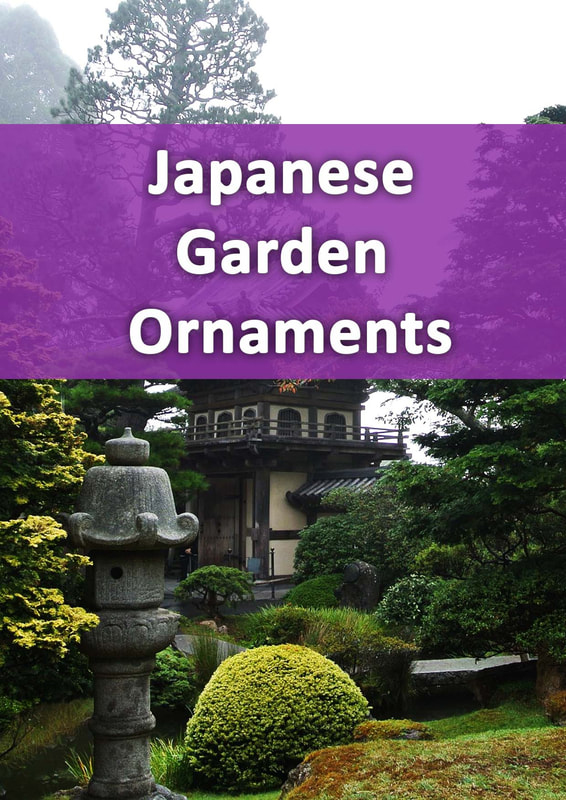|
This article contains affiliate links
Japan has one of the most diverse and unusual climates on the planet. While the extreme north of the Country can have a sub-arctic climate the southern islands can be sub-tropical.
This combined with high mountains can create quite a range of varying climates. Consequently, many have wondered why some Japanese gardens look tropical while others look more temperate. Palms are often used in many Japanese garden planting schemes. This is especially so if the design is based upon the gardens of southern Japan. Very often, people in North America and Europe naturally assume all of Asia is tropical. Tropical looking Japanese gardens with palms
This has led to a disproportionate amount of Japanese gardens in the west having a more tropical feel. Palms are typically planted with other tropical, looking, Japanese plants such as Bamboo, Camelia, Fatsia, Hosta and Aucuba. This makes it very easy to combine both Japanese gardens with tropical and jungle design themes.
The best way to plan a Japanese garden with a tropical feel is by integrating palms into the design.
Not only do pam trees provide a tropical look they also bring a strong vertical line and bold foliage to the garden. In this article, I will list and summarise 6 hardy palms perfect for Japanese gardens in colder climates. 1. Chusan palm (Trachycarpus fortunei)
Also known as the windmill palm this palm tree is native to both China and Japan. It is regularly planted in Japanese gardens providing an exotic feel alongside grasses and bamboo. Due to its tropical looks and cold hardiness it has become a popular choice for gardens with cooler climates. 2. European fan palm (Chamaerops humilis)
This attractive fan palm is native to Southern Europe, particularly within Mediterranean regions. The palm is much smaller and compact than many other, larger, palm species. Ironically this palm has become extremely popular in Japan where it features alongside traditional Japanese plants. 3. Cabbage palm (Cordyline australis)
Cabbage palm is a yucca like palm with a tall slender trunk and sword like leaves. This evergreen, palm is originally from New Zealand and tolerant of surprisingly cold and exposed locations. Due to its cold hardiness and tropical looks Cordyline has become a very popular plant within Japan. 4. Japanese banana (Musa basjoo)
Also known as the 'Hardy Banana', this palm is very well known for its tolerance to cold weather. If well mulched and protected with fleece it can tolerate temperature of down to -10 degrees Celsius. Being a native to Japan this palm is often used in Japanese gardens with an exotic flavour. Due to its hardiness it has also become a popular plant in other cool climates. 5. Canary island date palm (Phoenix canariensis)This large and slow growing palm is native to the Canary Islands and is very tolerant of exposed conditions. Its general tolerance combined with its resilience to salt water has made it a popular palm species for costal landscaping. There is no specific association between Japanese gardens and this palm. However, its tropical feel and cold tolerance makes it a good selection for Japanese gardens. 6. Chilean wine palm (jubaea chilensis)
This palm is remarkably hardy being able to tolerated temperatures down to -15 degrees Celsius. The Chilean wine palm is one of the largest palms in the world capable of growing up to 100 feet. However it is very slow growing and is now endangered within its native range. This palm has very attractive, long, feather like, foliage which works very well in exotic Japanese gardens.
Thank you for reading our article on the best palms for Japanese gardens in temperate climates.
If you require help building your very own Japanese garden do not hesitate to contact us. Below I have linked to some other Japanese garden articles you may find useful.
'As an Amazon associate I earn from qualifying purchases'
0 Comments
Leave a Reply. |
The Author
|
Landscaping services across Buckinghamshire, Amersham, Aylesbury & High Wycombe
Hyde Heath, Amersham, Buckinghamshire |
|





















